“Could this be too much sunshine?” someone asked Dr Shi Jhengrong, founder and CEO of five-year-old solar technology firm SunMan, today as he stepped onto the sundrenched terrace overlooking the Australian National Maritime Museum’s Wharf 7 where 812 of his company’s lightweight eArche solar panels were discreetly doing their stuff.
The Darling Harbour, Sydney-based Museum has for the past five years been stymied in efforts to advance its sustainability program by installing rooftop PV, due to the slender structure of Wharf 7, and the curved rooftop of the main museum building.
Today it celebrated having found a solution to this impasse, as it demonstrated the utility and aesthetic appeal of Shi’s technology.
Roofs not built for the solar future
“Five years ago the technology was simply not available to overcome the many challenges that particular building posed for us,” said the Museum’s director and CEO, Kevin Sumption, referring not only to Wharf 7’s lightweight construction which could not support traditional glass panels, but to its 30-degree roof pitch, and the fact that glass on that surface would have projected unacceptable glare into surrounding residential and commercial buildings.
“We’re very lucky that Dr Shi has made a remarkable innovation in solar technology – yet another in a number of his pioneering accomplishments — with the invention of the eArche lightweight, non-glass solar panel,” said Sumption.
The 235 kW, $500,000 installation will reduce by 25% the electricity costs of running the Museum’s Wharf 7 annexe, built in 1991 to house restoration workshops, a maritime library, a vast exhibition space, and tenanted commercial areas. It’s expected that the system will pay for itself in about seven years of operation.
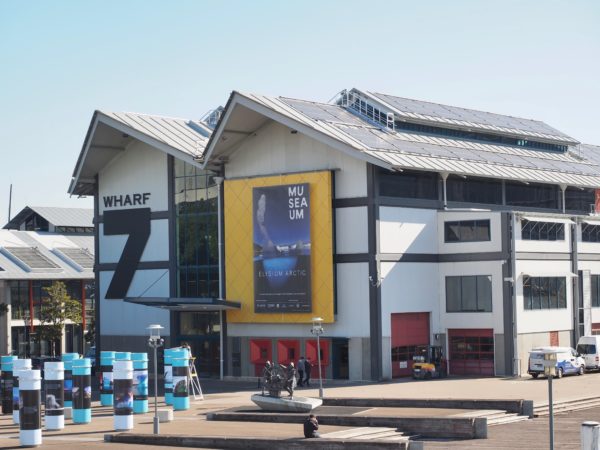
Photo: pv magazine
Expanding the realm of solar PV
“Twenty years ago no-one thought about solar panels, or climate change,” said Shi when he addressed the assembled industry representatives. As a result, he said, 40% of commercial and industrial buildings, which would be ideal candidates for substantial solar arrays, are not able to take advantage of the energy savings and sustainability benefits that solar offers.
Guests at the official “turn on” of the Museum’s solar PV system were invited to lift an eArche panel to experience for themselves the lightness of its composite polymer construction. Where most glass solar panels weigh around 20 kilograms per square metre, SunMan eArche panels come in at 5 kg/m2, and on many metal roofs they can be bonded directly to the surface using structural-grade silicon, which eliminates risk of water penetration caused by traditional solar mounting systems.
“The load-bearing capability of roofs is a critical issue,” Dean Travers, General Manager of ENGIE Renewables Australia, told pv magazine. Engie is currently developing three large-scale solar farms in Queensland and New South Wales, but “we’re also an installer of smaller scale systems”, said Travers. He believes that at 20-30% of the weight of a conventional system, eArche offers, “a significant advantage” for developing large rooftop arrays.
Martin Green, Scientia Professor at UNSW, where Shi Zhengrong achieved his doctorate around the time that Wharf 7 was built, said today, “The market needs something like this, something light that you can put on a roof that’s not sturdy enough to take the full thing.”
Green also told pv magazine, that, “It’s a matter of the market getting confidence that it’s going to be as durable as the glass-encapsulated modules that everyone’s used to.”
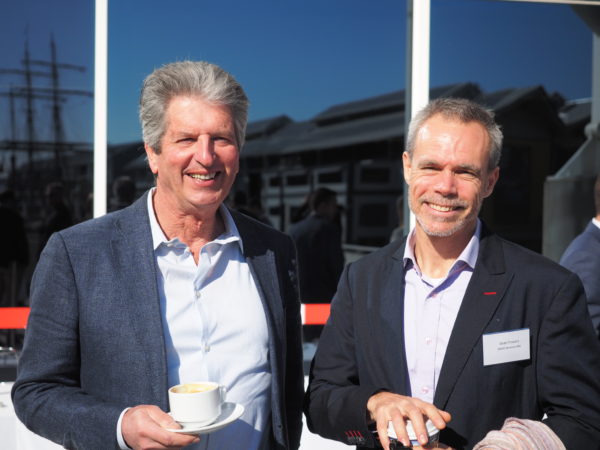
Photo: pv magazine
“Standing on the shoulders” of PERC and polymer reliability
In a pre-event interview from SunMan’s manufacturing base in China, Shi said to pv magazine that in marrying crystalline silicon solar cells and composite polymer material — two “safe, reliable and affordable technologies” — SunMan had created an “innovative product” that was “also already safe, reliable and affordable”.
Over the past five years, SunMan has developed, extensively tested and commercialised its eArche panels; and already has 50 MW of global installations and 1 MW installed in Australia.
Although there are other lightweight panels on the market, eArche is the only product with the International Electrotechnical Commission’s certification IEC 61215, which defines requirements for PV modules suitable for long-term outdoor operation.
Development of eArche has been supported by the Australian Renewable Energy Agency (ARENA) through the Southern Cross Renewable Energy Venture Capital Fund in which Softbank China Venture Capital (SBVC) is a partner.
This morning ARENA CEO Darren Miller told gathered industry representatives: “This is a terrific innovation. We know that solar is in the very early days of dominating the energy landscape … Continued innovation of technologies like this are going to be required for solar to become a generally accepted part of our life. Rather than being considered “alternative” energy, it will be “energy” in the future.”
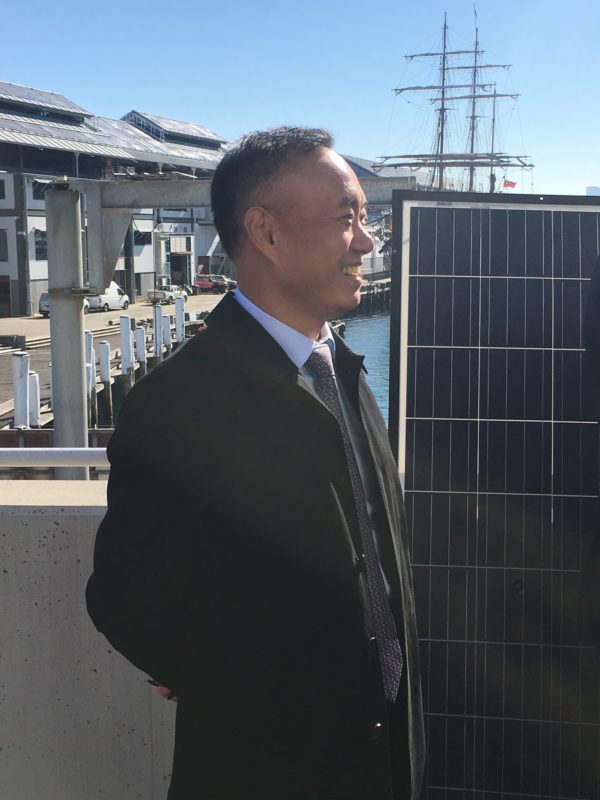
Photo: pv magazine
SunMan’s Australian National Maritime Museum collaboration will continue in coming months, with plans to demonstrate the flexibility of eArche ultra-thin panels on the curved roof of the Museum’s main building and to apply white eArche solar panels to the facade of the Museum, says Thomas Bell, Sales Director for SunMan in Australia.
“We have this enabler product,” says Bell, “and we intend to expand the application of solar.”
Solar skin for the building you’re in?
“Because we have developed this technology as a skin,” adds Shi, “it has many applications … first building-attached PV, then building-integrated PV”.
There’s no such thing as too much sunlight in Shi’s outlook. The clean-energy entrepreneur, former Chairman, CEO and founder of Suntech, which revolutionised PV technology and manufacturing during the first decade of this century, is passionate about the potential of solar energy and making it so accessible that it’s taken for granted.
“I believe solar will become a standard fitting or configuration for houses, buildings and factories. It will be like wi-fi or air conditioning, or optic-fibre infrastructure.”
This content is protected by copyright and may not be reused. If you want to cooperate with us and would like to reuse some of our content, please contact: editors@pv-magazine.com.
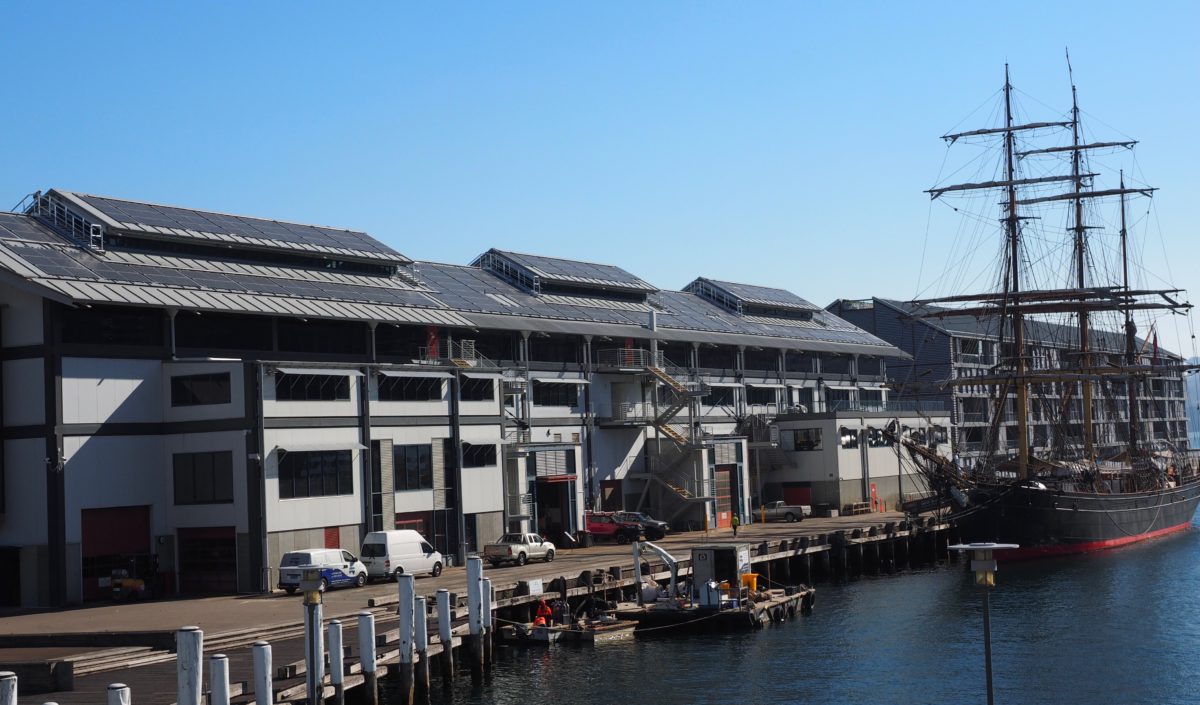
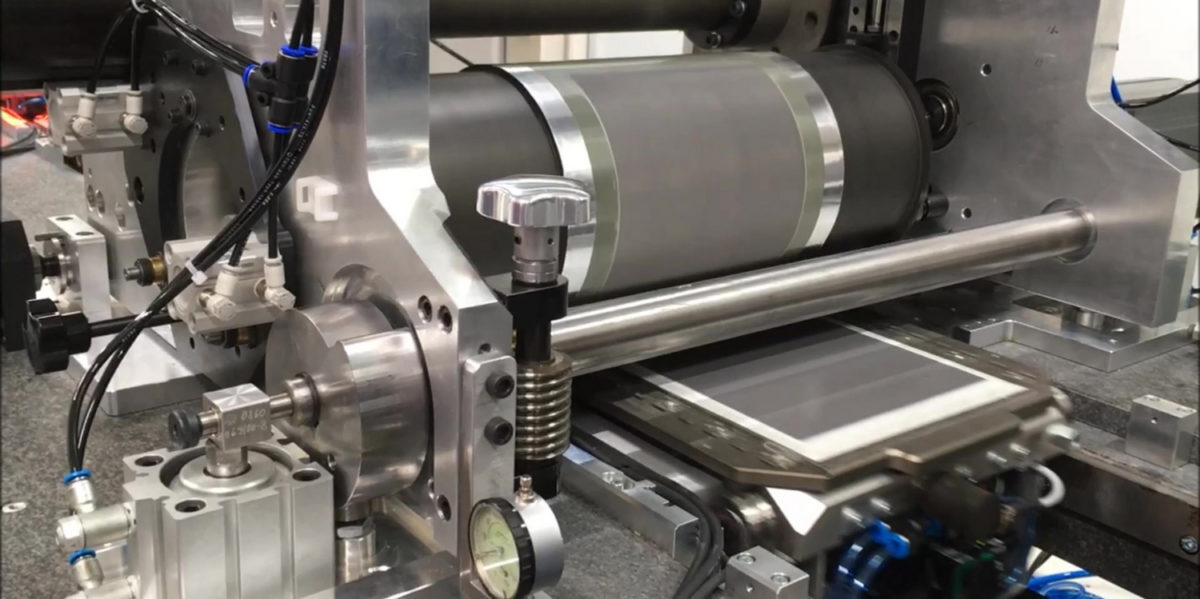


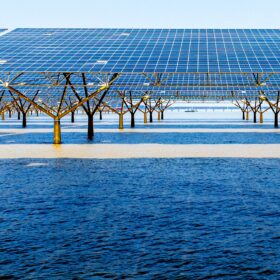
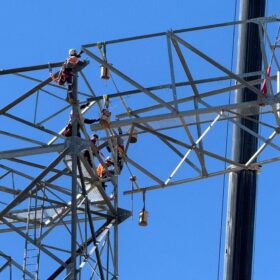
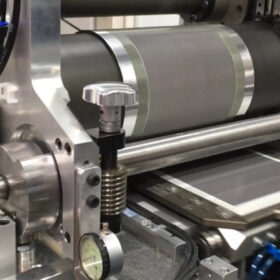
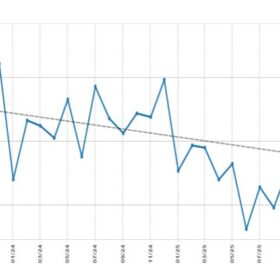

What’s the stock code
Hi Daniel, my understanding is that Sunman is a privately held company. The CEFC just invested in one of its early fundraising rounds.